9 misconceptions that hide the real facts about the Middle Ages
Categories: History | People | Photo project | Psychology | Science | Society | World
By Vika https://pictolic.com/article/9-misconceptions-that-hide-the-real-facts-about-the-middle-ages.htmlThe Middle Ages is one of the most mysterious stages in the history of mankind. This continued from the 5th century until the 15th century. When we talk about this time, we usually imagine dirty people throwing garbage on the streets, great illiteracy, and many wars. But these are only stereotypes, and we must stop believing them.
We have studied many history books to debunk the most common myths about the Middle Ages that we still believe today.
9 PHOTOS
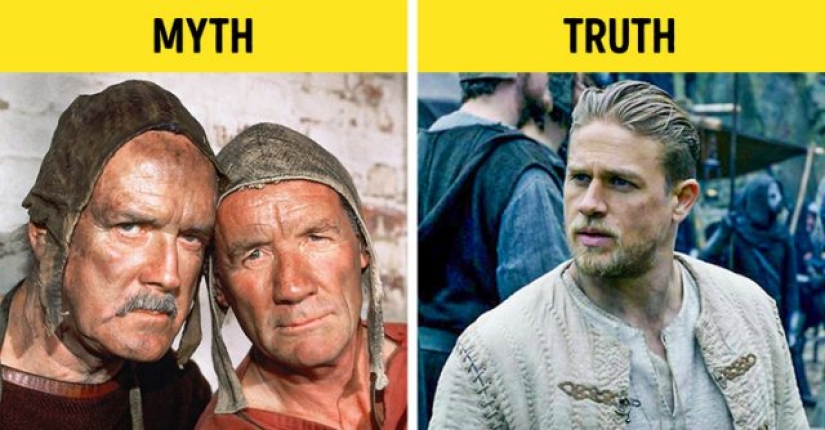
1. All the streets were very dirty and people didn't swim for years.
Believe it or not, soap was actually invented in the "dirty" Middle Ages. There were many soap makers in the big cities. The poor people visited the public baths located near the places of pilgrimage.
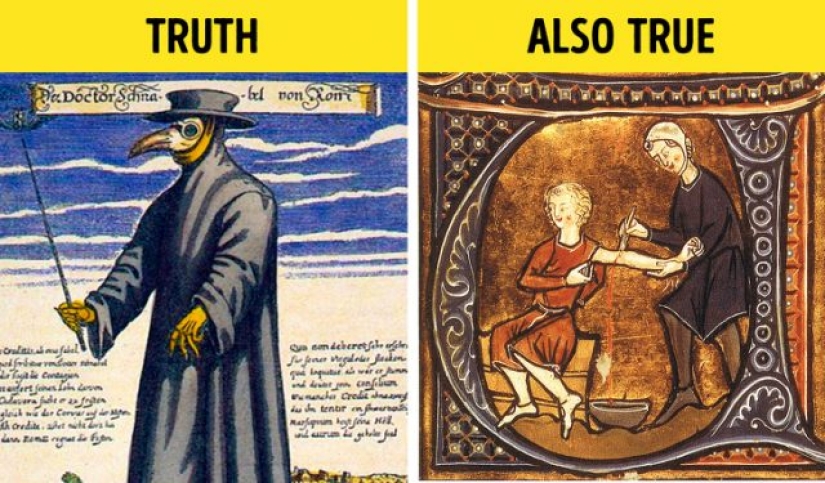
2. All the streets were very dirty and people didn't swim for years.
We heard many amazing things about medieval medicine, for example, that doctors cured all diseases with the help of bloodletting and prayer, people did not go to doctors and preferred to ask God for help, and only monks and plague doctors treated the sick. But are these myths true? Initially, medicine began in monasteries. Hospitals, early scientific research, and various medicines were established here. Later, hairdressers began to deal with everything related to medicine. Yes, they cut people's hair and beards, and they also performed surgeries, treated sprains, treated fractures, pulled teeth, and even performed massages.
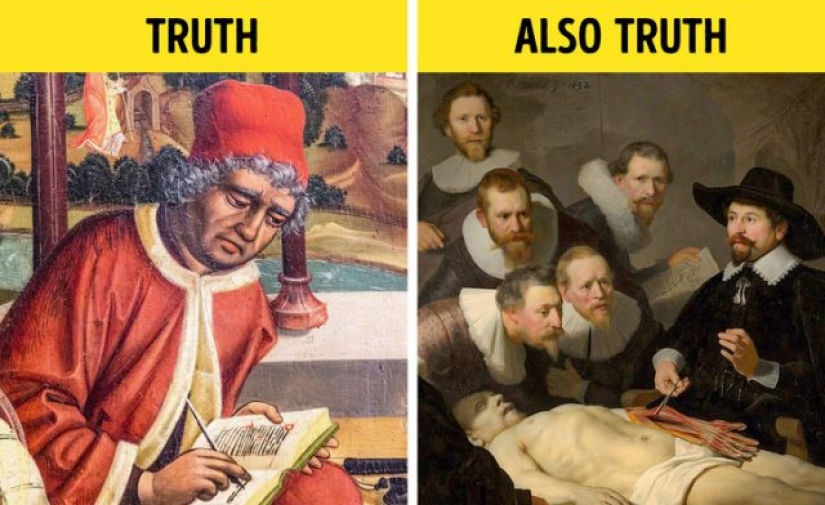
3. Only monks were educated.
Most schools were located near monasteries, but this does not mean that only monks had the opportunity to study. Bishops, priests, and deacons need to be trained to conduct church services. Young nobles were sent to monasteries to be educated, or their parents hired teachers to teach at home. In the 11th century, schools were created for all people, regardless of their nationality, origin, and religion.

4. The Middle Ages is a boring era, not associated with any scientific discoveries.
The Church did not fight scientists and did not burn them at the stake. The idea of opposing religious ideas came from the philosopher John William Draper in the 19th century. His theory became popular but was criticized and called a historical hoax. The church could punish a person (for example, the military, peasants, ordinary citizens, and even monks) for heresy, or deviation from religious teachings.

5. Giordano Bruno was burned because he was a scientist and proved that the earth is round.
What about Giordano Bruno? He was burned at the stake because of his scientific discoveries,” you probably mean. But this is just a myth that we were told in elementary school. Giordano Bruno was a monk who really lived during the Renaissance, not the Middle Ages. He suggested that the universe is infinite, that the stars are far from the Sun, and that there were many celestial bodies outside the solar system. Once he argued with the Venetian nobleman Giovanni Mocenigo. Mocenigo was offended and wrote several denunciations. He claimed that Giordano Bruno told people that monks were donkeys, the Virgin Mary was not the mother of Jesus, and Jesus was a magician who performed miracles. Bruno was arrested and spent 6 years in prison. In 1600 he was burned at the stake as a heretic. There is not a word in the indictment that Bruno was executed for scientific work.
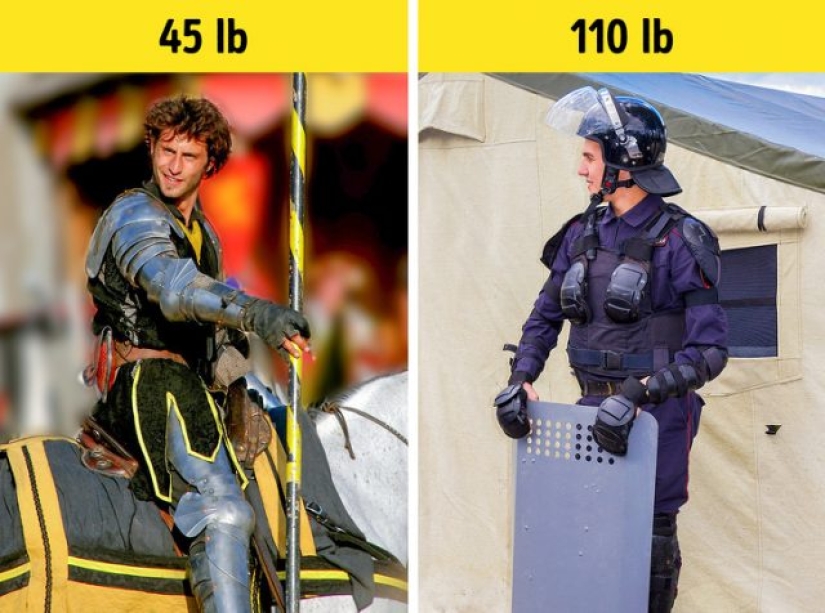
6. The armor was so heavy that the knights were lifted onto horses with a rope.
Believing that the armor was so heavy that the knights could not move is a fairly common myth. But who would send a clumsy knight who couldn't move normally into battle? The armor of medieval knights was 2 times lighter than that of a modern fireman.
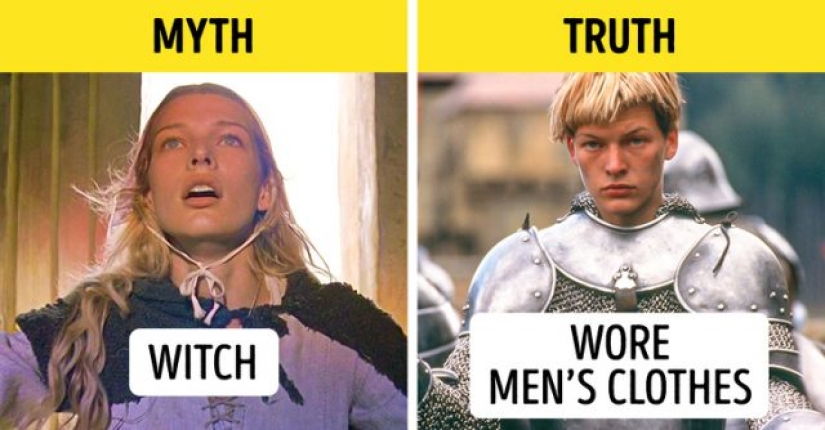
7. Joan of Arc was burned at the stake because she was considered a witch.
This famous woman, who participated in the Hundred Years War, played an important role in the history of Europe. Jeanne was known as a messenger of God and was a kind of symbol that inspired people and made them believe in their victory. The girl was only 19 years old when she was caught by the Burgundians. The king refused to ransom her despite her merit, so the Maid of Orleans was sold to the English for 10,000 gold pieces. She was declared a heretic because she wore men's clothes. Jeanne was forced to confess that she was guilty in exchange for a life sentence, and she accepted. A few days later, on the pretext that she was wearing men's clothes again, she was sentenced to death.
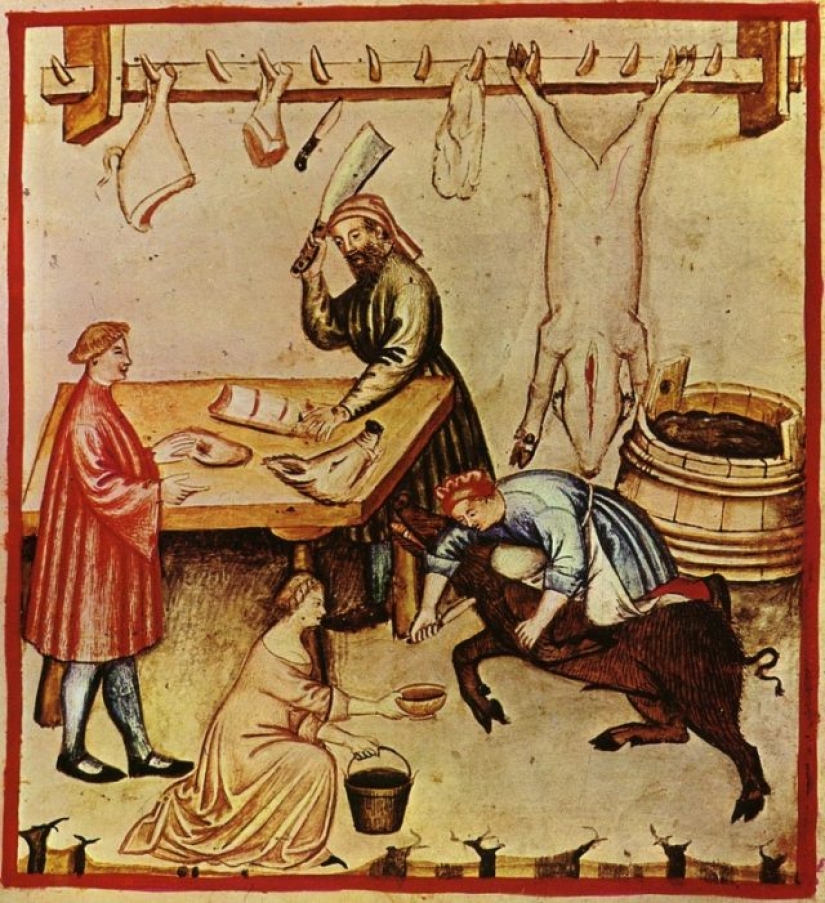
8. Joan of Arc was burned at the stake because she was considered a witch.
Spices were really popular in the Middle Ages. They were brought from Africa and Asia and were used not only in cooking but also in medicine. Nutmeg can be exchanged for a cow. And to pay the fine, spices were used instead of money. People who could afford a few peppers or saffron didn't eat spoiled meat.
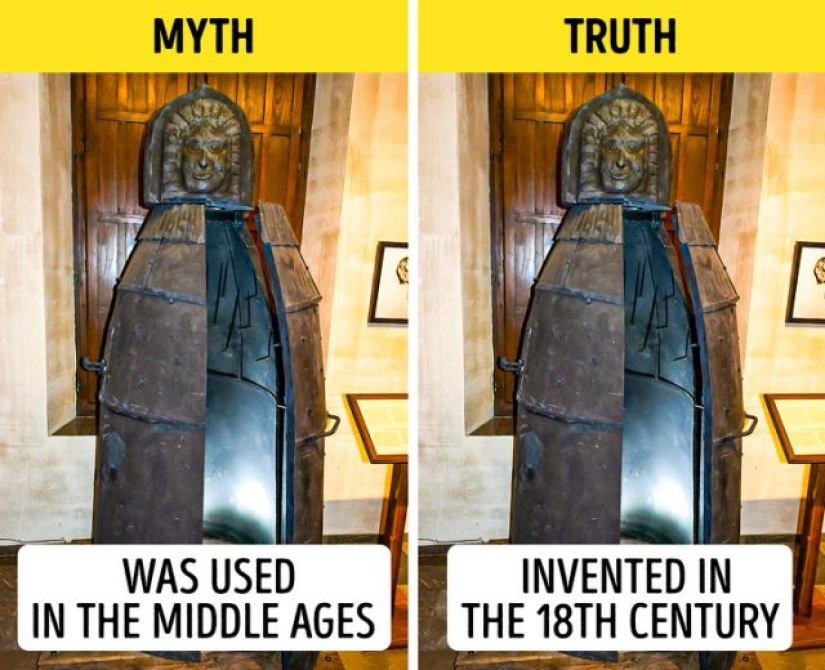
9. The iron maiden was a popular torture tool.
There are probably no films about the Middle Ages without the appearance of an iron maiden. A wooden sarcophagus with long, sharp spikes could make anyone tell the truth. This iconic instrument even gave its name to the famous rock band Iron Maiden. But there is only one problem here - the iron maiden was invented at the end of the 18th century, and there is no information proving that it was used for torture. Most likely, it was a brilliant historical deception.
Keywords: Misconceptions | Facts | Middle Ages | History | World | People | Stereotypes | Beliefs | Myphs
Post News ArticleRecent articles

Examined the archives in search of rare shots of our favorite celebrities. And not simple, and almost erotic! The age of many stars ...

These interesting images with immersive adorn the streets of Milan, where he lives and works Italian street-art artist Caiffa ...
Related articles

Elizabeth Petrovna is the youngest and favorite daughter of Peter I. She ascended the Russian throne in 1741 and ruled the country ...

There is no doubt that Japan is one of the most amazing countries: local people sleeping on the streets, use electronic make-up and ...

Modern man is difficult to surprise with cart for supermarket or table lamp, which is able to rotate in different directions. Yeah, ...

Over the millennia that cats have lived next to people, it has been absolutely noted that they love the fair sex more than men. You ...